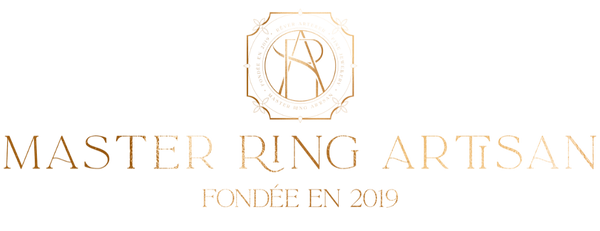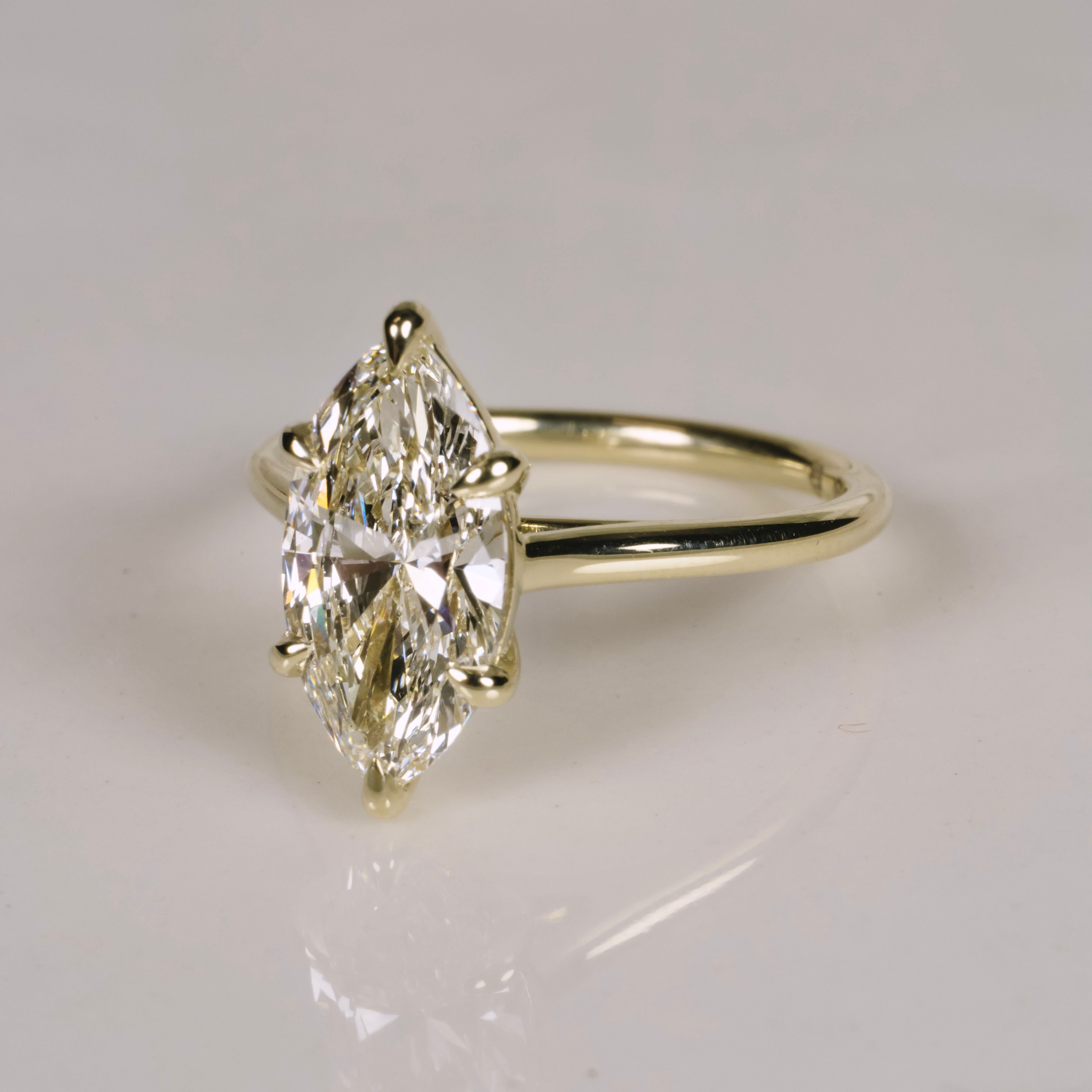A Diamond’s Beauty Goes Beyond Numbers: Here’s Why
When it comes to choosing a diamond, it’s easy to feel overwhelmed by the endless specifications and conflicting advice from jewellers. Often, the focus is on technical terms and grading certificates that can leave you more confused than confident. Many buyers end up choosing diamonds based purely on numbers without truly understanding what they’re paying for, leading to uncertainty about whether they’ve made the right choice.
But here’s the truth: a diamond’s beauty isn’t solely defined by its certificate. While factors like carat, cut, colour, and clarity—the 4Cs—are important, they don’t capture the whole picture. At the end of the day, what matters most is how a diamond sparkles and resonates with you personally. Being informed about these attributes empowers you to make a choice based not just on technical data but on what looks and feels perfect.
Demystifying the 4Cs: Choose What Matters Most to You
The 4Cs—Cut, Carat, Colour, and Clarity—are the building blocks of a diamond’s value and appearance. However, not every “C” carries the same weight, and your personal preferences will dictate which factors to prioritise.
For example, if size is a top priority, you can opt for a higher carat weight and perhaps compromise on colour or clarity to stay within your budget. On the other hand, if brilliance is what you seek, a diamond with an exceptional cut will take precedence over carat size. Understanding these trade-offs will help you make an informed decision that aligns with your budget and vision.
Understanding Each “C”: What They Mean and How to Balance Them
1. Cut: The Sparkle Factor
The cut is the most critical factor in determining a diamond’s beauty. It influences how the diamond reflects light, giving it its brilliance and fire. Even a diamond with perfect clarity and colour will look lifeless if it’s poorly cut. A well-cut diamond has ideal proportions—such as table size, depth, and crown height—that maximise its sparkle.
Tip: Avoid cuts graded below “Very Good”. Prioritise cut over carat weight or clarity to ensure the diamond has the desired sparkle.
2. Carat: Size Matters, But So Does Proportion
Carat refers to the weight, not the size, of a diamond. Two diamonds of the same carat weight can look entirely different depending on their shape and cut quality. For example, a deeply cut diamond might appear smaller than a shallow-cut diamond of the same weight.
Tip: Consider choosing a carat weight just below popular sizes (e.g., 1.9 carats instead of 2) to save considerably without compromising on visual size.
3. Colour: Finding the Right Balance
The colour scale ranges from D (colourless) to Z (light yellow). While D-grade diamonds are the most sought after, most buyers find that “near-colourless” diamonds (G-H range) offer the best value. In certain settings, diamonds graded lower (I-J) can still appear white, especially in yellow or rose gold bands.
Tip: Set diamonds in the K-M range in yellow gold to disguise the hint of colour, saving on cost without sacrificing appearance.
4. Clarity: Flaws that Define Uniqueness
Clarity measures the presence of internal inclusions and external blemishes. While “Flawless” diamonds are rare and highly valued, many inclusions are invisible to the naked eye and have minimal impact on beauty. Choosing a diamond with slight imperfections (SI1 or SI2) can free up your budget for a larger carat or better cut.
Tip: Get to know your diamond’s inclusions; they make your stone unique and can act as a personal identifier.
The 5th C: Cost—The Real Balancing Act
The 5th C—Cost—comes into play when balancing the other four Cs. Each attribute’s impact on cost will vary depending on its importance to you. A flawless, perfectly cut, colourless diamond will come with a premium price tag, but strategic compromises on clarity or colour can result in significant savings without visible drawbacks. By understanding the value of each attribute, you can achieve the most brilliance, size, and sparkle for your budget.
Remember, the most valuable diamond isn’t the one with the highest price—it’s the one that best aligns with what you’ve envisioned.
Choosing a Diamond: A Matter of Personal Preference
Ultimately, selecting a diamond is about balancing the 4Cs based on your personal priorities. The 5th C—Cost—is simply a reflection of how you allocate these preferences. Remember, a diamond’s beauty isn’t solely defined by its technical grade; it’s about how it looks, feels, and shines in real life.
When choosing your diamond, trust your instincts, and focus on what captures your heart. After all, the most beautiful diamond is the one that perfectly symbolises your unique love story.

